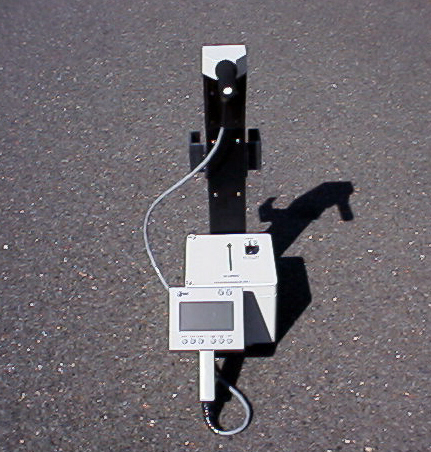Charlie Bob
Senior Member
- Location
- West Tennessee
I was talking to this older electrician one time, he never heard of a megger before, he has about 25 years experience he said. So he was quick to descredit the use of it.
Ater i explain the adventages and use of it, he asked me: " well, the insulation is stripped at every receptacle and device, so how would the megger readings be effective if so?"
Here's what i said:
"you megger between H-G,N-G,H-N(if you are sure there's no loads downstream), so since you are checking for any leakeage between the conductors insulation, at the receptacle or device the sonductor stripped ends on a terminal, which is away from the other conductor terminal your meggering."
I was just thinking about that now.
Does this answer sound good to you all?
Thanks.
Ater i explain the adventages and use of it, he asked me: " well, the insulation is stripped at every receptacle and device, so how would the megger readings be effective if so?"
Here's what i said:
"you megger between H-G,N-G,H-N(if you are sure there's no loads downstream), so since you are checking for any leakeage between the conductors insulation, at the receptacle or device the sonductor stripped ends on a terminal, which is away from the other conductor terminal your meggering."
I was just thinking about that now.
Does this answer sound good to you all?
Thanks.

